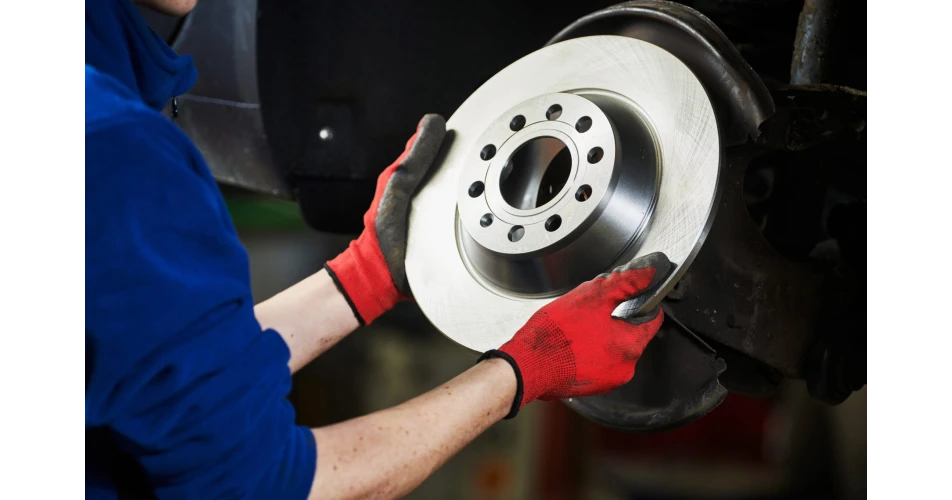Euro 7 emission regulations are now fast approaching and unlike previous Euro regulations these will not just be about engine and exhaust systems. This next-generation emissions standard for vehicles in Europe, aims to further reduce air pollution from vehicles and this time includes both exhaust and non-exhaust emissions.
Euro 7 introduces brake particulate emissions requirements for entire brake systems (discs, linings, drums) and this will have far reaching implications for the vehicle aftermarket.
Aftermarket bodies, the IAAF and FIGIEFA, have been extremely active across various working groups to lobby the European Commission to ensure practical and fair implementation to protect aftermarket businesses and consumer choice with the introduction of Euro 7. The organisations are especially concerned about the current impractical application dates (Nov 29, 2026 (new vehicle type approvals), Nov 29, 2027 (all new vehicle registrations).
Because of such tight deadlines, there is a worry that the regulations could create market distortions and create a two tier market where newer vehicles that require emission compliant brake components will not be available through traditional aftermarket channels.
Euro 7 sets strict PM emission limits for brake systems: 7 mg/km (ICE), 3 mg/km (EV). This means particulate matter emissions will be regulated for entire brake systems, including aftermarket parts. Added to this compliance depends on friction couples (disc + pad), not individual components.
Aftermarket suppliers will therefore have to offer their entire braking catalogues in compliant couple versions, meaning all of these products will need to be fully tested to ensure compliance. This places very significant testing and cost burdens on aftermarket parts manufacturers.
With thousands of tests required and only limited testing capacity, it would be impossible for aftermarket suppliers to update their ranges within the current timelines. This will put OEMs in a stronger position and could effectively create a two tier market. A lack of OEM technical data also hinders compatibility and compliance.
To overcome these issues, the IAAF and FIGIEFA have made the following proposals:
- Extend implementation timelines (e.g., tyre industry has until 2036).
- Mandate OEM data sharing to support aftermarket compliance.
- Allow interoperability to avoid mandatory friction couple replacements.
For more information and for a more detailed breakdown of the legislation, please contact IAAF Technical Director Neil Pattemore: neil@iaaf.co.uk
